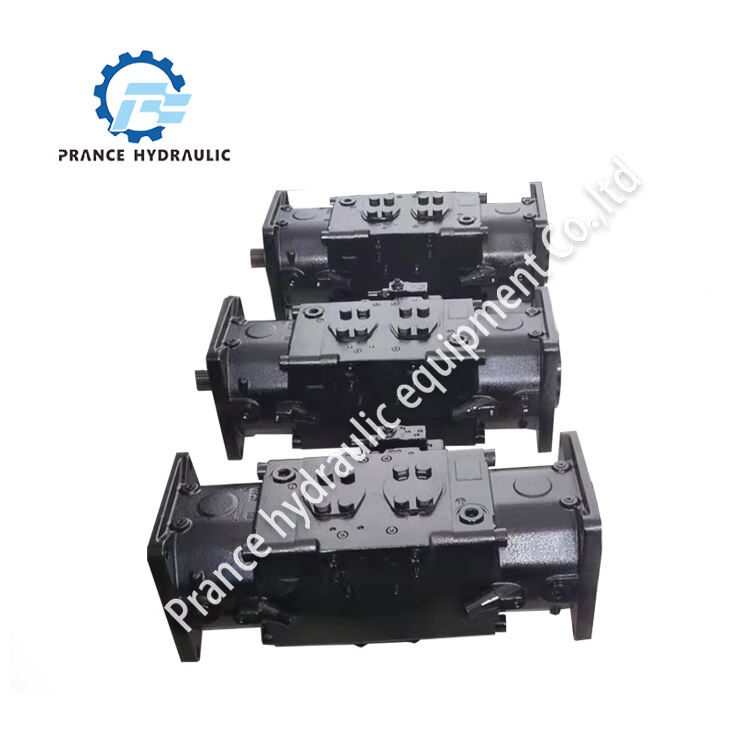Ever read about an hydraulic axial piston pump? It may seem like a big, complex machine, but in reality, it’s pretty straightforward! A release valve hydraulic is a type of positive displacement pump that has several pistons in a circular array within a cylinder block. This motion results in pressure in the fluid that can then be used to drive a variety of machines.
Hydraulic axial piston pumps 341 16.4 Introduction Hydraulic axial piston pumps are of great importance in hydraulic power systems as they can provide a high power level in a low volume. They're actually featured in many hydraulic systems — in everything from cranes and forklifts to even airplanes! Of all things that contribute to their efficiency, that they are really very efficient is a great quality of tractor hydraulic pumps, just great for saving companies lots of energy and lots of money.

It should go without saying that hydraulic axial piston pumps, like any machine, require care to run well. This includes inspecting and changing the fluid regularly, examining the pistons for wear and ensuring the parts have adequate lubrication. If you see that something’s off with your hydraulic axial piston pump, then you need to get to the bottom of it immediately. This can be a good way to prevent further damage and keep your machine running well.

Did you know that there are several hydraulic axial piston pump types? A few pumps have a fixed displacement, so they always displace the same amount of fluid each rotation. Other pumps aren’t constant displacement, and can change how much fluid they move in order to provide the machine with what it requires. There is also a distinction between various types of hydraulic axial piston pumps such as inline or bent-axis. All have their own particular advantages, and are used in various machines.

Hydraulic axial piston pumps are very crucial for operating hydraulic systems. Without them, a great many machines wouldn’t be able to lift or move heavy things. You need them for construction equipment, farming machines, even cars! They provide the force required to raise heavy loads, operate equipment and steer vehicles.